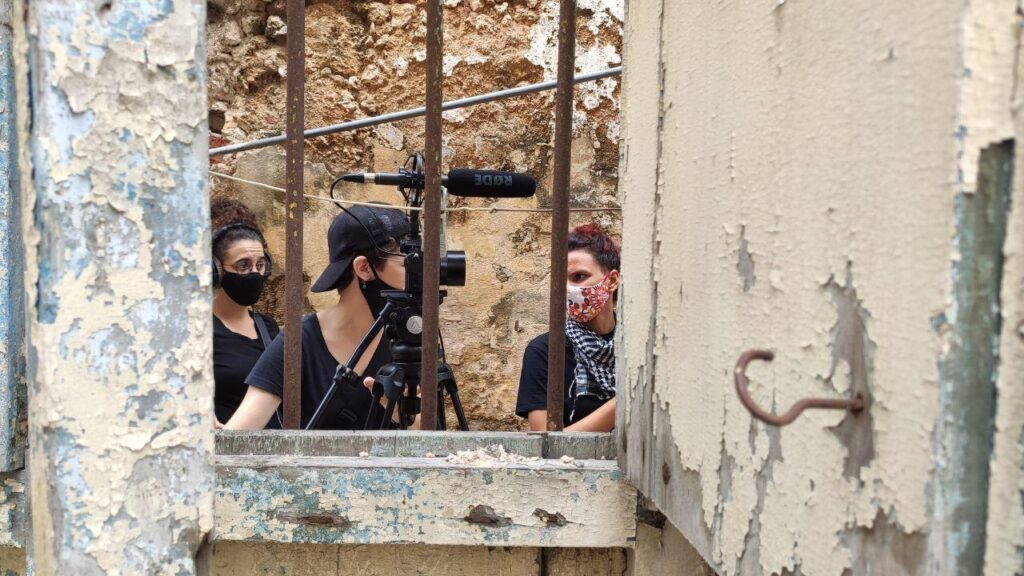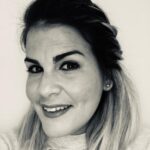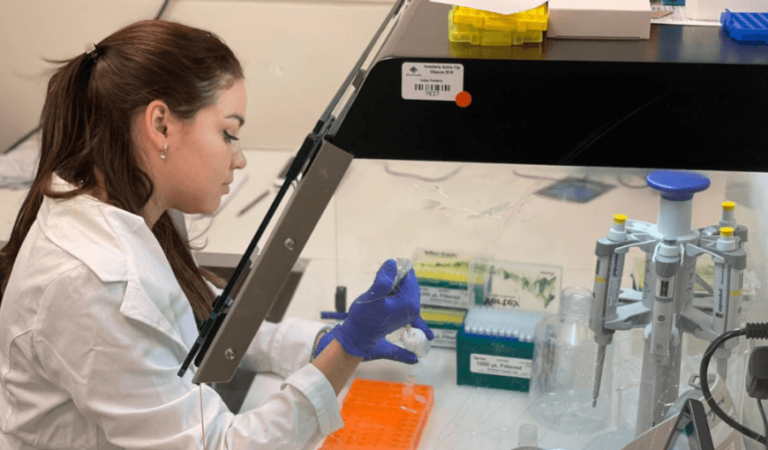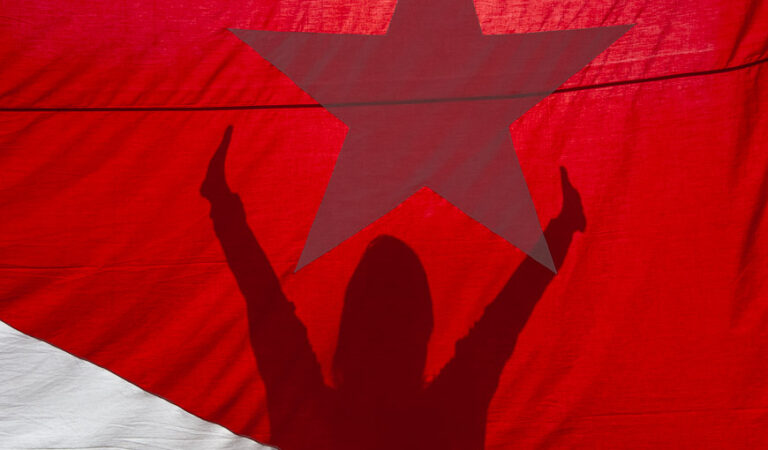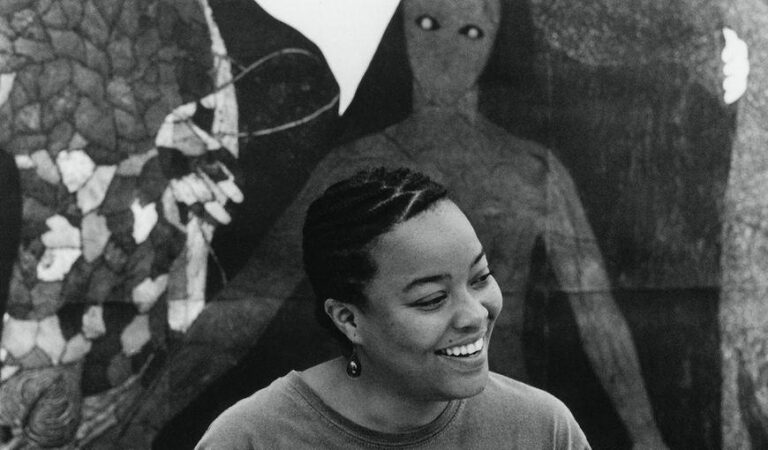The idea that socialism helped to resolve Cuba’s race problem is just an illusion: “You can’t destroy a mindset so easily that has been baking for centuries in slavery and colonialism,” says filmmaker Gretel Marin, who graduated from Cuba’s University of the Arts (ISA).
Born into a “mixed” family, Gretel discovered racism’s ugly head as early as primary school, when she saw how a boy wouldn’t hold a classmate’s hand because she was black. She also had partners who stopped visiting her when they found out her father had “dark skin”. She met black women who pursued the ideal of Caucasian beauty so they would be discriminated against less. While she doesn’t form part of the group that has suffered the most because “in Cuba, mestizo people suffer less racism than black people,” it’s an issue that she questions with urgency.
Sometimes disguised as a joke, almost forgotten on official stages and not often dealt with in Cuban movies, racial discrimination in Cuba is “an evil with deep roots, made invisible, light, tropical, non-segregationist, that restricts the development of black people in their personal and social lives. You see how myths of “the black race” in the past still persist and influence their lives now, unfortunately,” the scriptwriter says.
With a Masters in Documentary Filmmaking from Paris Diderot University, Gretel says that it’s obvious that social opportunities depend on your skin color. She imagines that racism has been naturalized, normalized, tolerated and even incorporated by black people who try to get by. “You have to have a family that is very proud of their negritude to get ahead without feeling scorned in a society that discriminates.”
With the documentary ¿Cómo educar a un niño? (which is still being filmed), Gretel sticks her hands in what she believes is a much-needed dialogue to achieve “real social justice and reconciliation and fraternity among all Cubans.” Given the fact that criticizing the system has meant “standing against it and social suicide,” years of “silence and the impossibility of a debate” have left racism “as something with only cultural beginnings, as if that were enough to justify it.”

Fidel Castro considered racial discrimination a thing of the past in Cuba, as early as 1962, but forty years later, he admitted that there was underlying racism linked to poverty and the monopoly of knowledge. He also admitted that he was late in understanding that marginalization and racial discrimination aren’t suppressed with laws.
Experts on the matter agree that this problem won’t even be resolved by giving every individual the same access to public spaces, because there is a hidden, buried, almost dormant cultural racism, that is expressed in Cuban economic, institutional and political dynamics. Equal rights, they say, won’t translate into equal opportunities.
In 2019, Greta won the PM Award: INSTAR Fund for Cuban Movies, granted by the Hannah Arendt International Institute for Artivism to independent projects, for this documentary. Last year, she received support from the GoCuba Fund that is granted by World Cinema Amsterdam. The documentary follows Olorun’s learning process. Olurun is a black child in Cuba, whose Afro-feminist mother Afibola teaches him to stand up to everyday racism.
Gretel says that researcher Roberto Zurbano reminded her that the issue isn’t only present where black people are in society, but where they aren’t, more so when “private property begins to gain ground and skin color” in Cuba. She adds that it’s necessary to pay attention to the white/mixed group of society who unconsciously feed discriminatory attitudes, while justifying themselves with expressions like “Ah, but I have a black friend.”
According to the 2012 census, only 9.3% of the island’s 11.2 inhabitants said they were black, and 26.6% said they were mestizo. In 2019, a study by the German Institute for Global and Area Studies (GIGA) revealed that in Cuba, white people have the most bank accounts, receive the most remittances, travel abroad more and run private businesses. Another analysis referred to the fact that black people are a majority in jails, tenements or “improvised housing”; and a minority in universities.
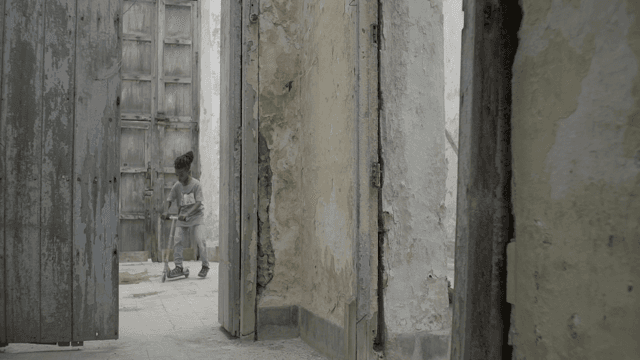
“The first thing our team had to accept was that our perspective could be wrong. That we had grown up reproducing racist attitudes and that it’s never too late to learn, respect and include.” The documentary’s director has a team that includes some of the most outstanding young filmmakers, all of whom are women.
Interested in the upbringing of those who go outside “and notice that everything would be easier if their skin were lighter,” Gretel stresses that “in the process of researching and preparing the movie’s shoot, we have been mostly focused on Afibola’s participation, before setting in stone certain aesthetic and discursive matters.”
Growing up in Cuba without feeling discriminated against?
Gretel says that “when it comes to Olorun’s experience, being a black child in Cuba means that you are and will be discriminated against. Olorun is lucky to have a mother like Afibola, who is aware of her negritude, who constantly seeks to reproduce this appreciation in her son. It has been interesting to watch the exchange between them.
What Olorun learns in school, on the street, even from his own family, will have to be unlearned, restructured at some point, via his mother’s determination to undo this. I guess that every mother concerned about this conflict has their own way of reeducating their children with black skin. I tip my hat off to all of these women who, with their unique and persistent dedication, seek to value in their children what society belittles.”
She believes that the state-led anti-racist committee created under Miguel Diaz-Canel’s presidency, “is only a quick fix for a debate that has been put off for far too long.” Black Cuban women not only suffer racism, they are also victims of structural machismo. In other words: they are discriminated on two fronts and “if they decide to have a family outside of the social norm, then they have to be very brave.”
Luckily, she says that there are lots of people fighting racism “such as Club del Espendrú, Nosotrxs, Afrodiversx, Sandra Álvarez blog, Negra cubana tenía que ser, businesses such as Barbara’s Power and Beyond Roots, and activists such as las Krudxs Cubensi”.
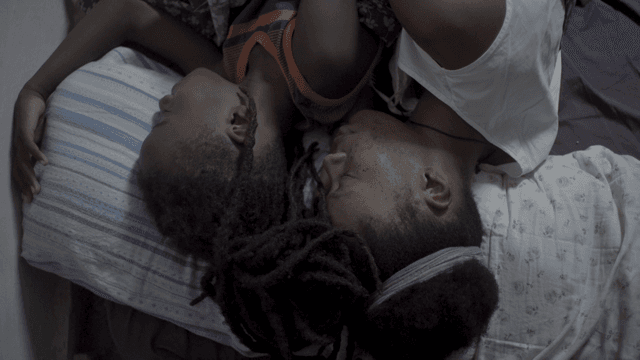
With a degree in Film Direction from ISA and in charge of the production of ¿Cómo educar a un niño?, Carla Valdes joined the story Gretel wanted to tell, so that she could be a creative and operational counterpart. “Even though this documentary already came to me baked, it has grown and changed, for the better, with the team work we’ve had.”
Carla was drawn in early on by Afibola and Olorun, by “what I had read about them and what I saw in front of me.” Plus, she was attracted by the sensitivity of Gretel’s way of seeing things, the relationships she sought to create, her discipline and sisterhood. So, she took on producing this 20-minute short film.
“We have made a network of our team, there’s sisterhood, it’s very wide-ranging, and it’s beautiful. In this blurry time, there was a house with tremendous and powerful energy where we filmed very powerful images and we’ve had time to think about the movie we want to make, from start to finish,” Carla points out, who had directed well-known documentaries such as Días de Diciembre (2016), Dos Patrias (2019) and Los Puros (2020).
According to her, a young woman with white skin, a feminist who was raised in Vedado in the heart of a family of intellectuals, this documentary has been a watershed that has made her see reality through different eyes.
She always thought that you should be aware of your privileges “so as not to sin with indifference and pride.” She tries to stem from this place “to reach them, to go where we are allowed, to realize that the structural racism we experience here in Cuba is a cross-cutting issue to the country we strive for, as are feminism and social justice.”
Carla sees hope and resistance in Afibola and Olurun, a chance for a free education and to build “different relationships, different affection, different representation for everyone. Being there to face all of these different crises is our way to resist: machismo, discrimination, homophobia; making this militant, beautiful, empathetic, soul-soothing and radical movie.
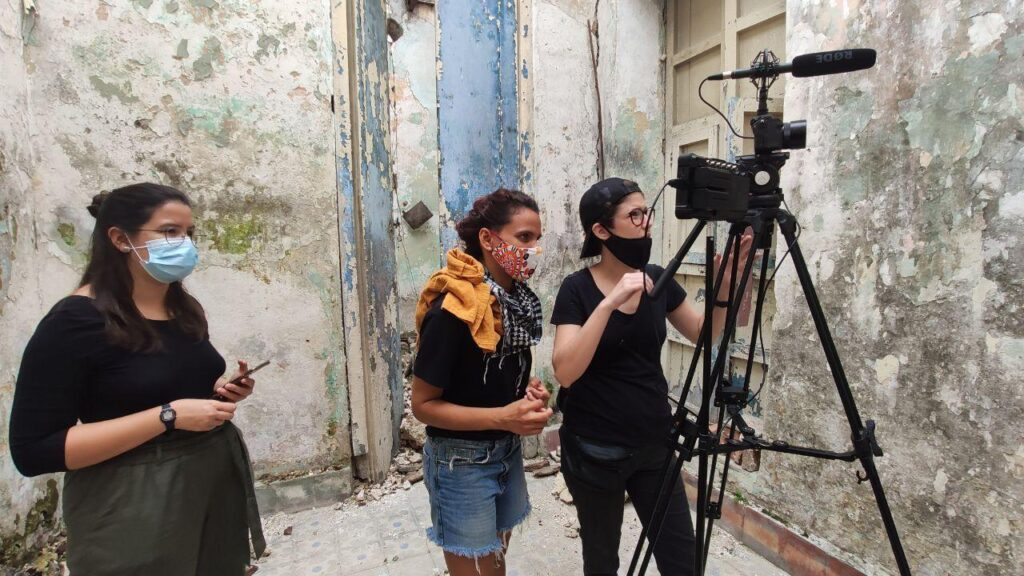
In accordance with this, the hardest thing about beginning to film during the pandemic was the uncertainty of time, “planning all of the work from beginning to end. Everything we’ve done has been step by step. We are in the middle of an economic crisis and currency reform has changed budgets, expenses, the ways we produce a movie. However, that’s how we got an incredible team of extremely talented women together.”
The list of brilliant minds that feature in this young documentary include director of photography Claudia Remedios, who says that the pandemic has made everything so much harder. “For example, there are scenes we want to film at sunset and we haven’t been able to because we have a curfew and the reorganization of transport has really limited filming.”
According to this ISA graduate, interested in “the infinite expressive resources that film has and its communicative and sentimental potential,” they want to avoid reproducing “stereotypes, attitudes, situations that already exist in audiovisual production and have sustained the racist, sexist and homophobic gaze towards people.” She herself wasn’t exempt from these influences, but she embarked on the road to unlearn these practices in her early years at university.
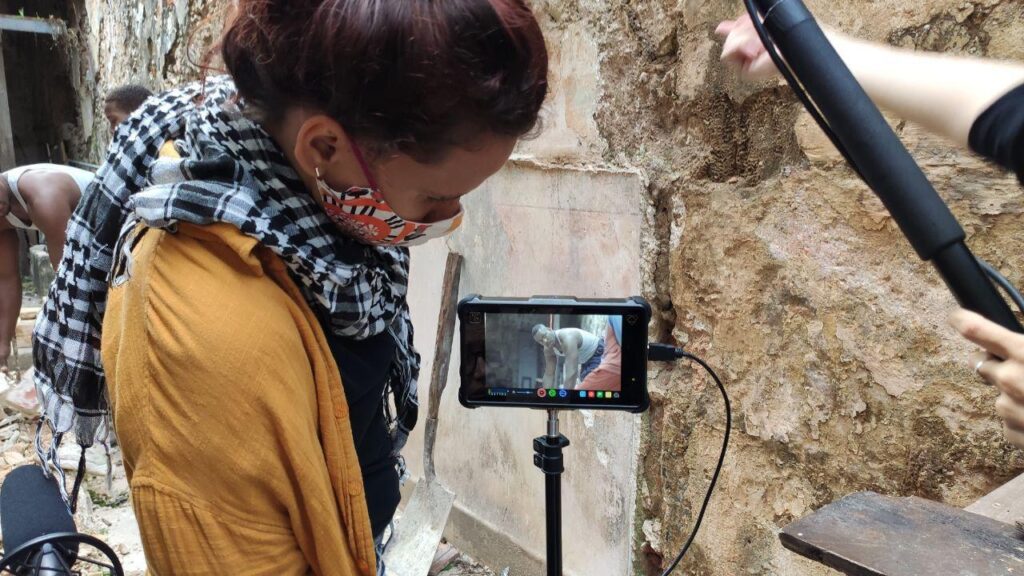
With more experience in fiction movies (“where there is greater control over the movie”), Claudia sees the documentary as a challenge, maybe because its working dynamic is “very different” to what she knows and because the characters “aren’t professional actors used to having a film crew around them moving tripods, pointing lights on them and cameras in front of them or memorizing everything they have to say in each scene. They are people who haven’t had any connection to the media world before and they are giving a part of themselves, of their intimacy, in front of a film crew, to make it public.”
In cases such as this, this photographer says you have to deploy the camera in order to film as invisible as you can be. “This is the way of encouraging those moments where these people forget or ignore the scaffolding around them and express their real selves,” she says. “The crew has to be ready for that moment when it happens. It has been a beautiful learning process, to understand how to learn cinematographic language to our favor and bring it back to its essence, to seek what we need to build in telling a story that is so important for our generation.”

